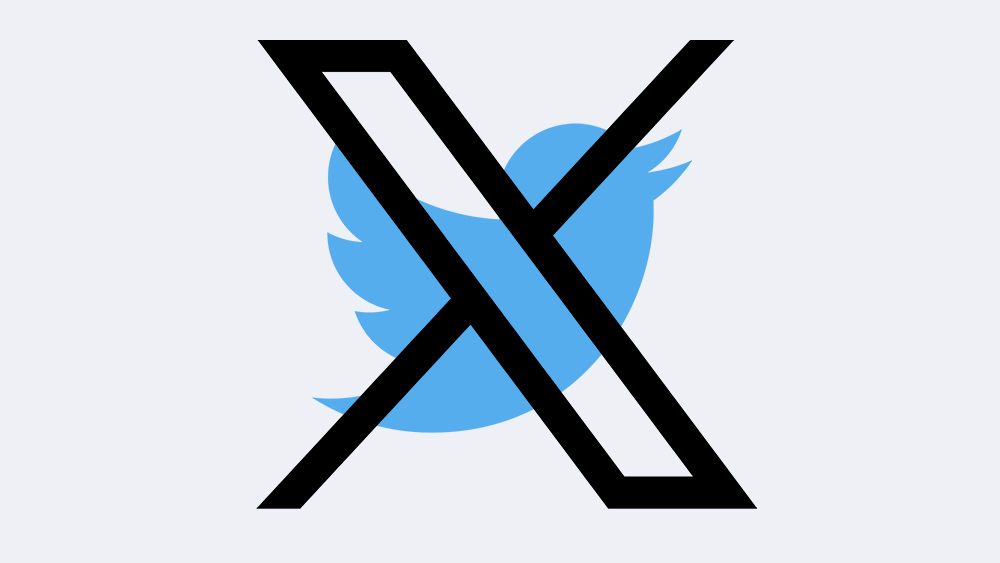Even the most iconic brand occasionally finds itself at a crossroads. A strong identity can keep you relevant for decades, but failure to adapt to the times can turn even the most beloved name into a relic. Blockbuster, Kodak, Blackberry, Yahoo… need I go on?
In 2025, I believe a number of brands could reach that inflection point. That’s either because they no longer know what they stand for, or they’re not effectively communicating that mission to the public. And they could start by looking at some of the best rebrands by decade.
Either way, these brands need a fundamental rethink of who they are, what drives their audience, and what they can offer that rivals can’t. Once that’s settled, everything will fall into place. Because a successful rebrand doesn’t start with a new logo, typeface or colour palette—that’s where it finishes. Because while it’s nice to have one of the best logos of all time, a brand lives and dies by its identity as a whole.
01. X
A new name can be a game changer for a brand, but only if the fundamentals are sound. Yet when Elon Musk took over Twitter, he did the first part but not the second.
Musk made it clear he wanted Twitter to become an ‘everything app’ like WeChat in China: one that lets you chat with your friends, order groceries, watch videos and manage your money, all in one place. But he actually didn’t do any of that. He just took the same service and renamed it.
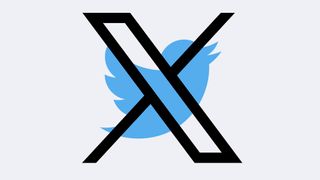
Does anyone like the name X? I’ve never met anyone who does. And that’s a real issue. As Nick Cooper of Landor explains in our recent interview: “The change has simply failed to gain traction, with almost every reference to X being qualified by the mention of ‘formerly Twitter’. So, all the equity that was previously held by Twitter, which was considerable, has been needlessly thrown away on a whim.”
Elon Musk has spoken at length about his aim of maximising free speech on the platform, which is something you can agree or disagree with… but that’s almost irrelevant here. What’s important is what X actually is, or at least wants to be. Is X still aiming to be an “everything app” and if so, what’s the roadmap? When will things change, and how will this affect users? And how does any of this give me a reason not to move to Threads, BlueSky, Mastodon, Cara and so on?
Ultimately, people need to know what a brand stands for, otherwise it’s not really a brand: it’s just a name and logo that don’t mean anything at all. And that’s how X feels right now.
02. Dollar Tree / Poundland
While we’re talking of name changes, two examples spring to mind on opposite sides of the pond. Shoppers at American retail chains Dollar Tree once knew exactly what it stood for: everything in the store cost a dollar. The same principle applied to Poundland in the UK: every item was £1. Simple, right?
Of course, in a world of rising inflation, that pricing strategy couldn’t last forever. And so nowadays Dollar Tree sells items ranging from $1.50 to $10, and Poundland similarly sells goods between £1 and £5.
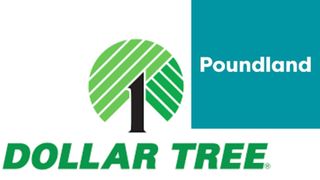
Does that mean they should change their respective names? I would. For at least the next five years, there’ll be plenty of shoppers entering their doors, picking up items they expect to cost a dollar or pound, and then instantly recoiling when they realise they’re more expensive… even if, objectively speaking, they’re still good value.
Plus in more general terms, I’d argue that both stores should be thinking about a rebrand anyway. Why? Because they’re not Daiso.
If you haven’t heard of it, this Japanese thrift chain is a similar operation that sells most of its items at 100 yen (around 64 cent / 50 pence). But while Poundland and Dollar Tree have a reputation of being dowdy and downmarket, Daiso—which has branches across Asia and the Americas—is a joyous place that brings happiness to all who enter. If either store could capture even 10% of this magic, the world would soon be its oyster.
03. MTV
In the 1980s and 1990s, MTV was a cultural juggernaut. The channel revolutionised how music was consumed and transformed youth culture, offering a mix of music videos and cutting-edge programming that made it a huge trendsetter.
Fast-forward to 2025, and MTV has lost much of its original relevance. Today’s youth no longer turn to cable TV for music videos or entertainment, opting instead for platforms like YouTube, TikTok and streaming services. At the same time, MTV’s new focus on reality TV such as Jersey Shore and Ridiculousness has left it feeling redundant and pointless. What’s the point of a music television channel that doesn’t show music?

In short, the network feels far removed from the cultural tastemaker it once was. A rebrand wouldn’t be easy, but the aim would be reposition MTV as a multi-platform hub for music and youth culture, bridging the gap between its storied past and the digital present.
A good place to start would be to forge partnerships with the right emerging artists and influencers, investing in short-form content optimised for TikTok and Instagram, and revamping the MTV Video Music Awards to better reflect modern tastes and cultural movements.
04. Clarks
Shoe maker and retailer Clarks is a huge global concern, with its production now mainly based in Asia, and stores across the globe. But while it was once a household name for quality and reliability, it’s faced significant challenges recently, posting an after-tax loss of £32 million in 2023.
Discount chains, fast-fashion brands and online stores offer cheaper options, and specialist brands like Geox, Ecco and Timberland are seen as offering greater comfort, technology and durability. Pricier names such as Edward Green, John Lobb and Alden Shoe Company, meanwhile, are perceived as higher quality. And Clarks just seems to sit in the middle, exciting no one.
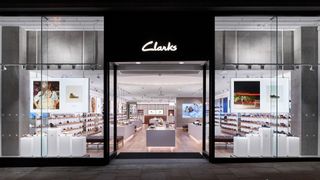
There are a number of directions Clarks could go: a new focus on specialist footwear, a step up into luxury, or even a pivot into fashion. (Some might scoff at the idea of Clarks being cool, but their popularity in Jamaica and long association with the “rude boys” movement suggest otherwise.) Or they could focus on their strengths, and double down on their reputation for affordable quality—but combine this with a deep and meaningful reinvention of its retail experience.
Such as strategy would require that challenging alchemy of evoking nostalgia with a modern twist. An update of 2001’s memorable “New Shoes ad?” to resonate with Gen Z and Gen Alpha might be a good starting point.
05. Ferrero Rocher
Ferrero Rocher is a brand of chocolate and hazelnut confections made by Italian company Ferrero, which is also known for Nutella, Kinder and Thornton’s. As someone who was a teenager in the 1980s, Ferrero Rocher is synonymous in my mind with sophistication and luxury. Not least because of its much-parodied 1990s ad, set in a party in a European ambassador’s official residence.
But has the brand evolved since then to meet the challenge of new generations, changing tastes and new competition? Does anything—the logo, the packaging, the advertising—look much different? Not from where I’m standing.
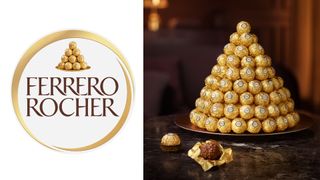
Some might argue that’s all to the good: “If it ain’t broke, don’t fix it”. But it’s worth noting that the brand has a heavy reliance on seasonal sales, with 62% occurring in the last three months of the year. So if it were me, I’d be looking at least at a gentle brand refresh, aimed at luring year-round consumers and younger demographics.
Above all, I’d be building on the image of the product as a sophisticated treat with campaigns that are more fun and knowing. Being widely parodied might have worked in the 1990s, but I’d argue that in the 2020s, brands do better if they (cleverly) parody themselves.
06. WeightWatchers
Founded in 1963 by Queens, New York by homemaker Jean Nidetch, WeightWatchers helps people around the world to get slim through dieting via three methods: online via its mobile app and website, coaching online or by phone, and in-person meetings.
This year, though, the company suffered plunge in market value from nearly $700 million at the start of 2024 to just $65 million by September. And you don’t have to be a genius to guess why.
The rise of weight-loss medications like Ozempic, Wegovy and Zepbound has created fierce competition. And board member Oprah Winfrey’s announcement that she was using weight-loss medication, followed by her departure from the board and donation of her stock, has further damaged the company’s standing.

The company had previously attempted to rebrand itself as WW in 2018, shifting focus from weight loss to wellness in response to the body-positivity movement; an effort that scored low with designers. But maybe the rise of Ozempic offers an opportunity for a do-over.
Ozempic and other drugs are no silver bullet. There can be serious side effects, including the issue of low blood sugar, especially when used in combination with other diabetes medications. Plus there’s the enormous cost, and the likelihood that the weight will return after stopping the medication.
This means WeightWatchers has a chance to reposition itself as the affordable, danger-free and healthy way to lose weight. I’d go further and say it should double down on the social and community aspects of joining a group and the support that comes from it; something a pill can never provide.
07. WH Smith
Imagine a store that’s a mix of a newsstand, a bookstore and a convenience store. That’s WH Smith. They’re a big deal in the UK, and they have branches in over 30 countries and more than 120 airports around the globe. You can find all sorts of stuff here, including our own print titles, ImagineFX and 3D World.
Sounds great, right? Sadly, when I walk into my local WH Smith today, I feel like I’m entering a mausoleum. And I’m not alone: they’ve been voted one of Britain’s worst high street retailers for nine consecutive years by Which?.
These high-street stores are typically shabby and overpriced. In 2019 a parody Twitter account (since deleted) called @WHS_Carpet caused a media storm, simply by sharing photos of the worn and threadbare carpets in said stores. Yes, they were that bad.
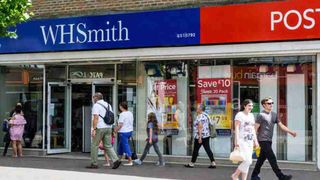
Worse still, the company seems to have completely given up on them, announcing in June 2023 that it would not be opening any more and instead focus on airports, railway stations and the US and Europe.
Can the company ride things out until all these stores close, and only the more profitable transport hubs remain? Perhaps. But my gosh, they will decimate their brand equity in the process. And should something like the pandemic happen again, and people stop travelling, they’ll be ruined. So if I controlled WH Smith I’d certainly wish to rebrand, improve and save these stores, not just let them die.
08. Kraft Singles
For decades, Kraft Singles has been a household staple, ever-present in lunchboxes and grilled cheese sandwiches. However, shifting consumer preferences for healthier, more transparent and sustainable food options have left this product feeling outdated.
I shouldn’t overstate this, of course. The brand remains popular: according to Kraft Heinz, 25% of US households have Kraft Singles in their fridge at any given time. But sales since 2019 have been flat, and as organic, artisanal and minimally processed foods gain popularity, they risk becoming a relic.
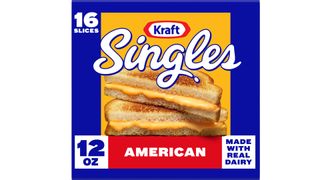
I’d suggest it’s a good time, then, to reinvent this iconic brand’s image while honouring its heritage. A rebrand might involve a line of natural or organic slices with fewer ingredients.
Updated packaging with modern, minimalistic designs could signal a shift toward health and sustainability. Introducing biodegradable or recyclable packaging would align the brand with environmental values. Placing Kraft Singles alongside natural cheeses in stores, rather than processed sections, could also help reframe perceptions.
09. Peloton
Peloton experienced a huge rise in popularity during the COVID-19 pandemic, and became synonymous with at-home fitness. Its sleek stationary bikes and charismatic instructors, linked via the web to give live and on-demand classes, created a loyal community and set it apart from competitors.
However, as restrictions eased, Peloton faced huge challenges. High prices, limited accessibility and an increasingly saturated fitness market contributed to declining sales and growing skepticism about its long-term viability.
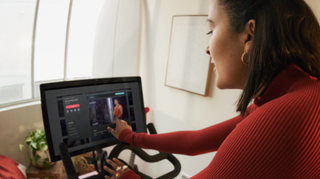
In 2025, Peloton must pivot to secure its place as more than just a pandemic-era phenomenon. A rebrand could focus on broadening its audience, emphasising affordability and inclusivity while maintaining its premium image. For instance, introducing a lower-priced subscription tier with fewer features or offering more affordable equipment could attract a wider demographic.
Another option could be to expand beyond cycling and running, investing in holistic wellness programs that cover areas like mental health, yoga, meditation and nutrition. A further potential avenue is improving access. Integrating its app into existing smart TVs, game consoles or platforms such as Roku, for instance, could attract users who don’t own Peloton exercise machines.
10. Peacocks
Peacocks, a mass-market clothing retailer with 200 international outlets, is doing pretty well on the whole. Yet in its UK homeland, its reputation is fading in the face of dynamic rivals such as Primark.
In the public mind, Peacocks is often associated with outdated fashion lines, run-down retail locations and an older clientele. And if that’s not addressed, it could eventually spell commercial disaster.
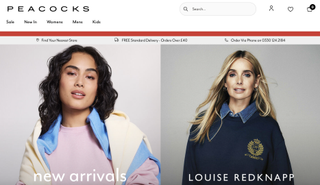
What needs to happen isn’t exactly rocket science. Most urgently, Peacocks needs to expand beyond the 50+ demographic to attract younger, style-conscious consumers.
It also needs to invest in modern store designs and packaging, and build on its website functionality with exclusive online collections. And it could probably do with working with a few influencers and social media campaigns to highlight its affordability and style.
